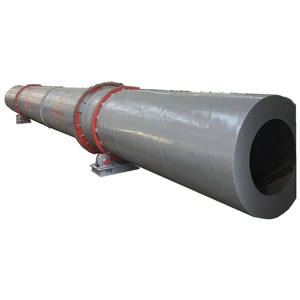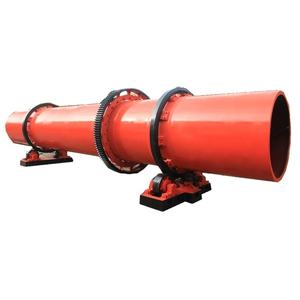Before approaching or operating any heavy machinery, rigorous preparation and adherence to safety protocols are paramount. Failure to do so can result in catastrophic injury, fatality, or significant equipment damage. As mechanical engineers responsible for the design, maintenance, or operation of such equipment, we bear a profound ethical and professional duty to prioritize safety above all else. The following critical steps must be meticulously followed before any individual approaches heavy machinery for inspection, maintenance, adjustment, or operation.
(what should you do before approaching heavy machinery)
1. Authorization and Training Verification: Ensure you possess the necessary, current authorization and specific training for the task at hand and the specific machinery involved. Operating or working near equipment without documented, up-to-date competency training is strictly prohibited. Verify that your training covers the machine’s hazards, safe operating procedures, emergency shutdown protocols, and lockout/tagout (LOTO) requirements. Never assume competence; certification must be current and demonstrable.
2. Conduct a Thorough Hazard Assessment: Before approaching, perform a deliberate and comprehensive hazard assessment of the work area and the machine itself. Identify potential energy sources (electrical, hydraulic, pneumatic, mechanical, gravitational, chemical, thermal). Look for environmental hazards like slippery floors, poor lighting, confined spaces, overhead loads, or noise. Assess the machine’s state: is it running, energized, under pressure, or holding stored energy? Identify pinch points, crush zones, shear points, rotating components, and potential for flying debris or ejected material.
3. Implement Lockout/Tagout (LOTO): This is the single most critical safety procedure for anyone performing tasks where the unexpected energization, start-up, or release of stored energy could occur. Before any hands-on work (beyond basic visual inspection from a safe distance), authorized personnel MUST isolate and secure all energy sources using the site-specific, machine-specific LOTO procedure. This involves:
Notification: Inform affected personnel (operators, supervisors) of the shutdown and LOTO application.
Shutdown: Power down the machine using its normal stopping procedures.
Isolation: Physically disconnect or isolate the machine from all primary and secondary energy sources (electrical disconnects, valve closures, blanking).
Application of Locks & Tags: Apply personal lockout devices and danger tags to each energy-isolating device. Only the person who applied the lock holds the key.
Release Stored Energy: Ensure all potentially hazardous stored energy is dissipated or restrained (bleed hydraulic/pneumatic lines, block elevated parts, discharge capacitors).
Verify Isolation: Test the machine controls to confirm ZERO energy is present and the machine cannot start. Use appropriate test equipment. This verification step is non-negotiable.
4. Don Appropriate Personal Protective Equipment (PPE): Based on the hazard assessment and site requirements, select and correctly wear all mandated PPE before entering the hazard zone. This typically includes safety glasses with side shields or a face shield, hearing protection (plugs or muffs), steel-toed safety boots, a hard hat, and close-fitting clothing. Depending on the task, additional PPE like cut-resistant gloves, respiratory protection, fall protection harnesses, or flame-resistant clothing may be essential. Ensure PPE is in good condition and fits properly.
5. Perform Pre-Operational Checks (If Operating): If the task involves operating the machinery, conduct a systematic pre-operational inspection per the manufacturer’s manual and site procedures after LOTO is removed by the authorized individual (if maintenance was performed) and before energization. Check fluid levels (oil, hydraulic, coolant), tire pressure (if applicable), visible structural integrity, control functionality (safeties, emergency stops), and ensure all guards are securely in place. Look for leaks, loose components, or any signs of damage or wear that could compromise safe operation. Verify the work area is clear of personnel and obstructions.
6. Maintain Situational Awareness and Communication: Continuously be aware of your surroundings and the activities of others near the machinery. Never bypass safety guards or interlocks. Use established hand signals or communication protocols if working with others, especially in noisy environments. Know the locations of emergency stops and fire extinguishers. If anything seems unsafe or unfamiliar, STOP. Do not proceed until the situation is clarified and deemed safe by competent authority.
(what should you do before approaching heavy machinery)
Approaching heavy machinery is not a casual act. It demands a disciplined, methodical, and safety-centric mindset ingrained through rigorous training and reinforced by unwavering procedural adherence. Mechanical engineers must lead by example, championing these life-preserving practices every single time. There are no shortcuts to safety when lives are on the line. Always prioritize isolating energy, verifying zero energy, wearing correct PPE, and maintaining constant vigilance.


